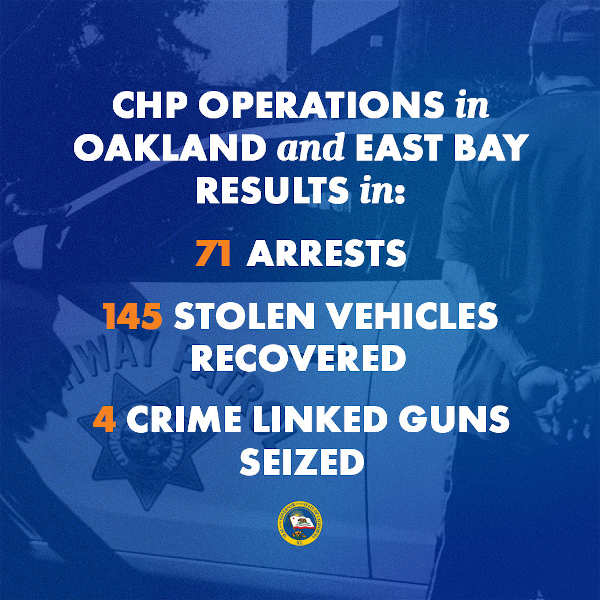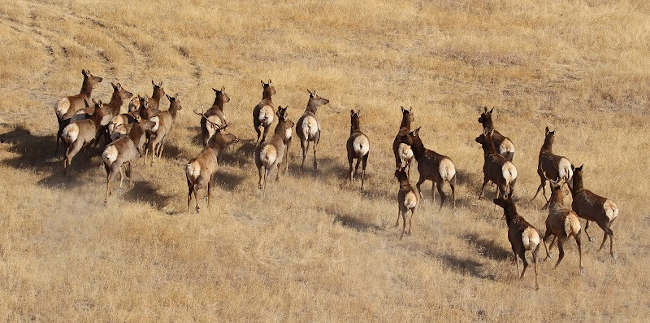- Elizabeth Larson
- Posted On
Protection sought for Sierra Nevada Red Fox in Oregon, California Cascades

The Center for Biological Diversity last week petitioned for federal protection of Sierra Nevada red foxes in the Oregon and California Cascades, from Lassen Peak to Mt. Hood.
The petition asks that the fox be listed as a threatened or endangered species under the Endangered Species Act.
“These precious mountain foxes need our help if they’re going to have any chance at survival in our rapidly warming world,” said Noah Greenwald, endangered species director at the Center. “The problems facing the Sierra Nevada red fox are complex and mounting, as they are for so many species in the mountains of western North America.”
In response to a previous Center petition, the U.S. Fish and Wildlife Service protected a fox population near Sonora Pass in the Sierra Nevada as endangered. But in 2015 the Service denied the fox protection in the Cascades, citing lack of information.
Since then, considerable research has shown that fox populations in Lassen, Crater Lake National Park, the Central Cascades and Mt. Hood are isolated, exceedingly small and facing multiple threats.
The fox once ranged throughout high-elevation areas of the Cascades in forests and alpine meadows. But the species has been lost from large portions of its range, including Mt. Shasta. Poisoning as part of historic predator eradication efforts and trapping were primary drivers of the fox’s historic decline.
Today the fox is threatened by habitat loss caused by fires, logging, livestock grazing and development, increased recreation and climate change, which is pushing the fox’s habitat off the top of mountains.
An additional threat is competition and predation from coyotes, which have proliferated in the Cascades in the absence of wolves. Coyotes are likely to move uphill as snowpacks recede with warming.
“The harms we’re doing to the natural world are accumulating and interacting in complex ways to the detriment of animals like the Sierra Nevada red fox,” said Greenwald. “Historic killing of predators, including wolves and the fox, have left the fox vulnerable to coyotes and risks inherent to small populations. And now, increased interest in outdoor recreation and global warming represent new and growing threats to the fox.”
The fox’s surviving populations are critically small. The population found in the Lassen area, for example, was recently estimated to contain fewer than 10 breeding adults. The other populations are not much bigger.
These foxes are uniquely adapted to living in snowy, cold environments. Along with their small body size, they have a thick coat and fur-covered pads on their feet, allowing them to stay warm and travel over snow.
They come in three color phases — a classic red phase, a black phase with silver tips to the fur, and a cross of the two. In all phases, they have a white-tipped tail and black markings on the back of the ears.
The Center for Biological Diversity is a national, nonprofit conservation organization with more than 1.7 million members and online activists dedicated to the protection of endangered species and wild places.




 How to resolve AdBlock issue?
How to resolve AdBlock issue? 




